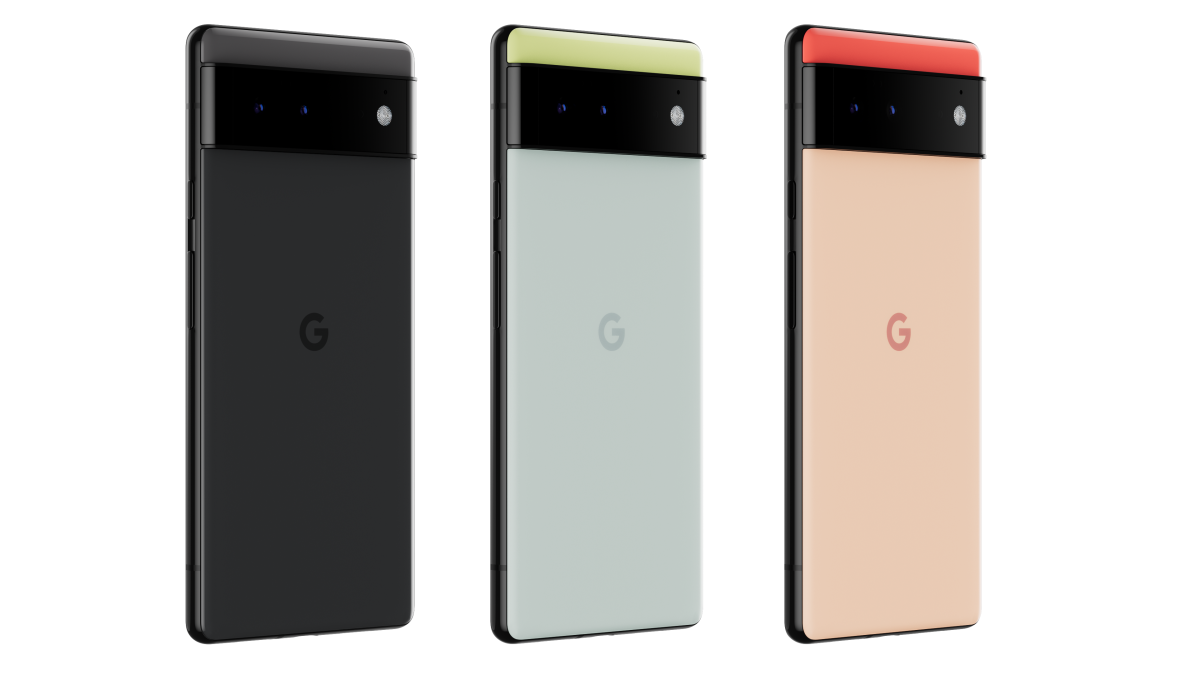Diversity, Equity, and Inclusion at Arm to Build the Future of Computing

Growing up in Detroit, Michigan, I lived in a community with people from all walks of life and many different backgrounds. To me, difference has always been normal and nothing to be afraid of. In the business world, I have also seen the power of DEI (Diversity, Equity, and Inclusion) first-hand.
DEI work helps to foster a workplace culture where everyone, regardless of faith, race, or upbringing, has access to the same opportunities and feels like their voice matters. It also leads to better business outcomes. Studies show diverse and inclusive teams perform better, innovate more, and, ultimately, deliver a better bottom line for companies.
Helping Arm understand, embrace, and leverage the benefits of DEI is something I’m passionate about. In the two years since I became Chief Diversity, Equity, and Inclusion Officer, we have made significant progress in advancing DEI. I have also seen first-hand the positive impact of DEI across the wider tech sector.
My personal DEI journey
I have a confession to make: I’m a recovering accountant. My career journey and ultimately, my DEI journey, started at Deloitte over 25 years ago when I was an accountant and management consultant. Beyond my day-to-day role, I started questioning the company on what it was doing with regards to DEI.
As I mentioned at the start, I grew up in a community with people from many different backgrounds, so joining the business world in the 90s that did not have the same levels of demographic diversity was slightly jarring. I became passionate about changing that while working for Deloitte, and the company took notice. One day I got a call out of the blue to lead Deloitte’s diversity initiatives across North and South America. For a moment, I got imposter syndrome – “Why me?” – but clearly the company saw something in me that I did not necessarily see in myself. That was the start of my professional DEI journey that subsequently led me to Target Corporation, Mercedes-Benz USA, and Nike, Inc. before eventually joining Arm.
How I joined a technology company like Arm
I must admit that joining Arm was a different experience compared to other companies where I’ve worked. It’s an amazing organization with many brilliant, technically-minded people, but I don’t have an engineering background and sometimes it feels like my colleagues are speaking another language altogether! However, regardless of these differences, Arm as a company has really leaned into DEI as part of our wider business strategy. When I joined, there was plenty of great DEI work already taking place, but with a sharper focus and an experienced DEI team, we have taken this work to the next level.

Arm has accomplished a lot in the DEI space in the two years I’ve been at the company. We have elevated and launched more employee resource groups (ERGs), provided a variety of new internal DEI resources, held DEI-focused events, and delivered various DEI learning and development sessions. We know that our efforts are working – our engagement survey scores are improving, and we anecdotally hear from employees around the world that Arm feels more inclusive.
Early-stage career education
Looking into the future, one of the aims of our DEI strategy is to work with the tech industry and other organizations to build a stronger pipeline of engineering talent from different backgrounds. Too many people, particularly those from lower socio-economic groups, do not realize that engineering careers in the tech sector are a viable option for them. To even consider that as an option, young people have to be exposed to professionals in the tech space or connected with technology itself in some capacity, which is less likely for people from lower economic brackets. To me, it’s about early-stage education to seed an interest in the STEM subjects (Science, Technology, Engineering, and Math) for girls and underrepresented groups, helping them realize that a career in the tech sector is possible and something they can explore.
One program Arm supports that aligns with that strategy is INROADS. INROADS is a nonprofit organization based in the US that creates pathways for talented underrepresented high school and college students through corporate internships. Arm has been involved with INROADS for several years, bringing on a handful of interns during the summer. But this year, we’ve expanded the program with 12 INROADS interns who are working with our engineering teams across the US – the biggest class ever for Arm. This represents a significant commitment from the company to give opportunities to engineering talent from under-served and diverse backgrounds.
Diversity, Equity, and Inclusion in the Tech Industry
It goes without saying that the tech industry still faces a number of DEI challenges, but things have been improving. More organizations understand that DEI is a ‘win, win’ in that it fosters better cultures within companies, drives increased employee outcomes like engagement and productivity and brings substantial business benefits.
Various academic and professional research papers show that diverse teams with people from different backgrounds and with different viewpoints outperform homogeneous teams. They are more creative and innovative, better at solving complex problems, and they excel at analyzing information. These are skills that are incredibly useful to companies across any industry, but particularly those in the tech sector. For example, Arm as a company is all about technology innovation, so having more diverse teams will positively impact our technology and how we engage with our partners, which translates into better company performance and more profit for the business.
One great example of DEI in action within the wider tech industry is Google’s Real Tone camera technology. Historically, camera technology has been calibrated for lighter skin tones without consideration for the full spectrum of human complexions. Speaking for myself, I often have to edit photos taken by my smartphone camera because they do not always capture the natural complexions of Black skin effectively.

To address this common challenge, Google put together a team of engineers from a variety of different backgrounds to develop the Real Tone camera technology, which shows the proper complexion of people with darker skin tones in photos. The technology was included in the camera for the Google Pixel 6 (which by the way features Arm CPU and GPU technology in its Tensor chip), which delivered tremendous sales for the company. Not only did this help show Google in a positive light to potential customers, but it also led to business growth in its Pixel smartphone range. In addition, it started a much-needed conversation about how the tech sector can address similar topics around representation and image equity.
The Impact of Diversity, Equity, and Inclusion
The end goal of DEI initiatives is to get to a point where everyone has the access and opportunities that help them thrive at work. When people feel valued and included, it results in higher employee engagement, stronger performance, and lower turnover. The internal and cultural benefits of DEI also translate into external advantages and business benefits, and the research backs it up. Diverse and inclusive teams are better problem solvers and are more innovative at creating better products.
I’m pleased with the way Arm is embracing DEI and using it as a key pillar in the business strategy to enable growth and success in the future. Although we’ve made progress, we, like the rest of the tech sector, still have a lot of work to do, but I’m excited to see how Arm continues to grow and develop on its own DEI path to success.
Any re-use permitted for informational and non-commercial or personal use only.












